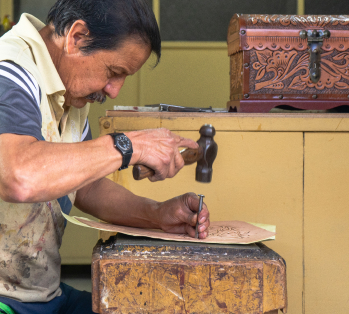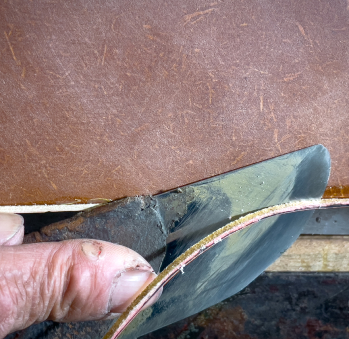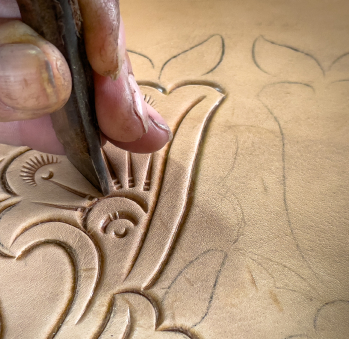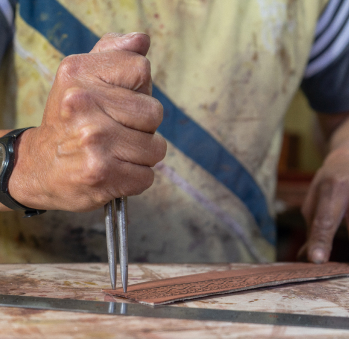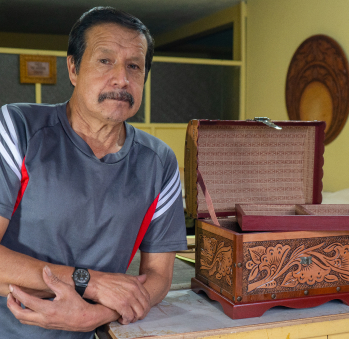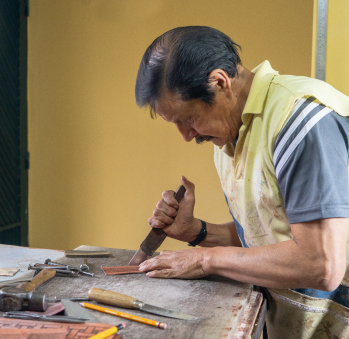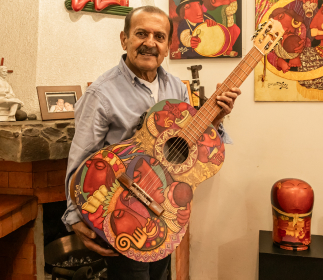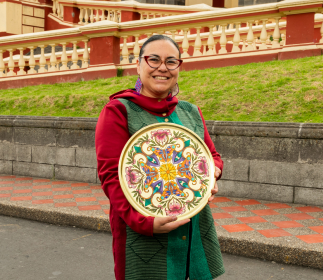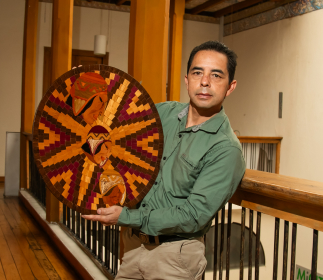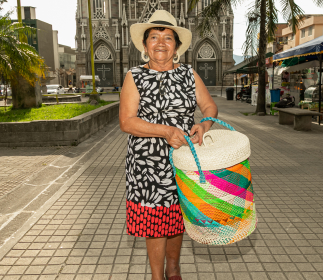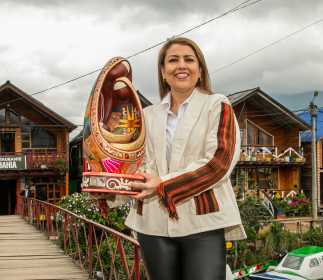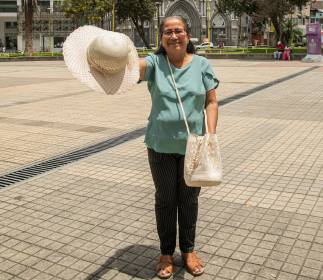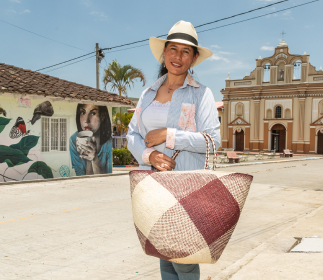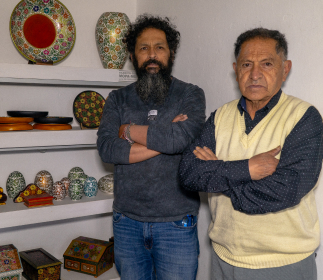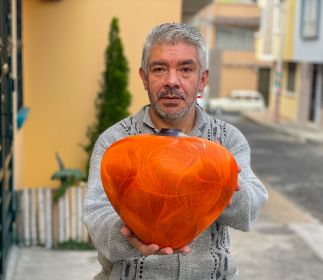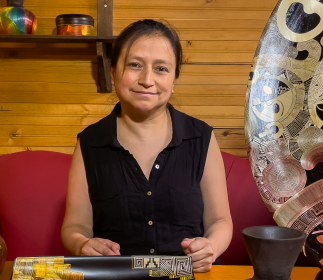Luis Antonio Jaramillo
Workshop: TARCU ARTESANAL
Craft: Marroquinería
Trail: Sandoná - Pasto Route
Location: Pasto, Nariño
SCHEDULE YOUR VISIT
CALLE 4 SUR 24 31 MIJITAYO
3155834279
luanja00@gmail.com
@TarcuArtesanalPasto
He is one of the last master craftspeople to still preserve the tradition of leather embossing in Colombia. This is another one of the wonderful crafting techniques that characterize the department of Nariño, along with the Pasto varnish and Tamo veneer. Every single member of his modest five-sibling home worked to help with household expenses. Luis Antonio started his journey from the bottom. He used to draw sketches and transfer them to leather. He then sanded it and poured ink over it so that a master like Carlos Moncayo could begin the embossing process.
Yet, the memories of when he was 17 and the Lorenzo neighborhood was full of embossing workshops and masters seem distant. Today, only three workshops remain, his being the most recognized. In the past, it was commonplace to hear these strong men hammering, to see their dedication. They embossed metal studs on every piece of thick leather furniture that was sold throughout the country.
Luis Antonio was an apprentice of these old craftsmen. He remembers one of them, Gerardo Ruiz, with particular admiration. He taught him much of what he knows today, which he has spent 45 years of uninterrupted work perfecting. He taught him to make his tools, nails, and hammers: he taught him to make every implement he would ever need to craft the delicate pieces that are used to emboss Nariño’s traditional drawings of flowers and branches onto leather. He also uses said tools to shape the eagles and deer with which he decorates large furniture, trunks, bargueño desks, and tables —his favorite wares.
Listening to him speak is like stopping time and being able to witness its unrelenting pace. Nowadays, fewer and fewer people purchase their furniture from a master craftsman. Instead, they prefer to seek out wares made of lighter and cheaper materials. Luis Antonio also points out how much our traveling practices have changed: we no longer carry massive trunks, but suitcases that fit in smaller spaces.
Nevertheless, he loves his craft and, thus, endures during these harsh times. He also goes to fairs and dazzles everyone with his skill: he knows it is unique. This is how he sells his products: he markets them as original, handcrafted pieces that cannot be found anywhere else in the world. He displays his skill at these venues and invites us to watch him work at his table. The latter is fixed to the floor with a huge stone anvil so that it remains completely stable while he heavily hammers the wares he makes. He shapes his leather with ten types of metal shapes, each of which has different calibers and uses. He later covers a wooden frame with said leather and finishes his piece. He is a master craftsman and a master of masters. Meeting him is an honor.
Craft
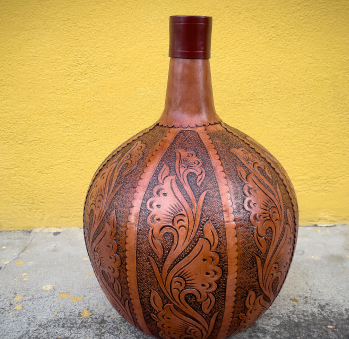
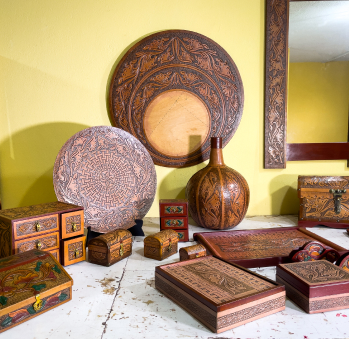
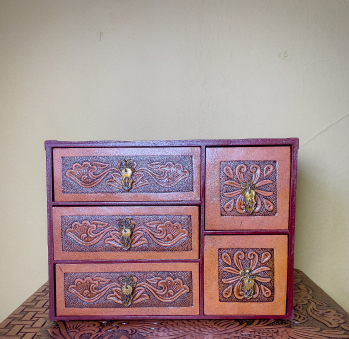



Artisans along the way
Artisans along the way
No puede copiar contenido de esta página








































